On July 27 local time, President Trump stated that the U.S. has reached a trade agreement with the EU, imposing a 15% tariff on goods exported from the EU to the U.S. Trump mentioned that the EU will increase its investment in the U.S. by $600 billion compared to before, will purchase U.S. military equipment, and will buy $750 billion worth of U.S. energy products. Trump indicated that tariffs on steel and aluminum will remain unchanged, energy is a key component of this agreement, which will benefit the automotive industry and have a significant impact on agriculture, and the U.S. will invest heavily in the chip sector. The British Prime Minister expressed pleasure regarding this agreement. U.S. Secretary of Commerce Ross stated that the U.S. will determine its tariff policy on chips within two weeks.
Trump stated that the U.S. is considering reaching agreements with three to four other countries, most of which will involve determined tariffs, with the U.S. maintaining low tariffs for other countries. Clarifications or confirmation letters regarding tariffs will be sent to various countries within the next week, with confirmation letters expected to be issued before August 1.
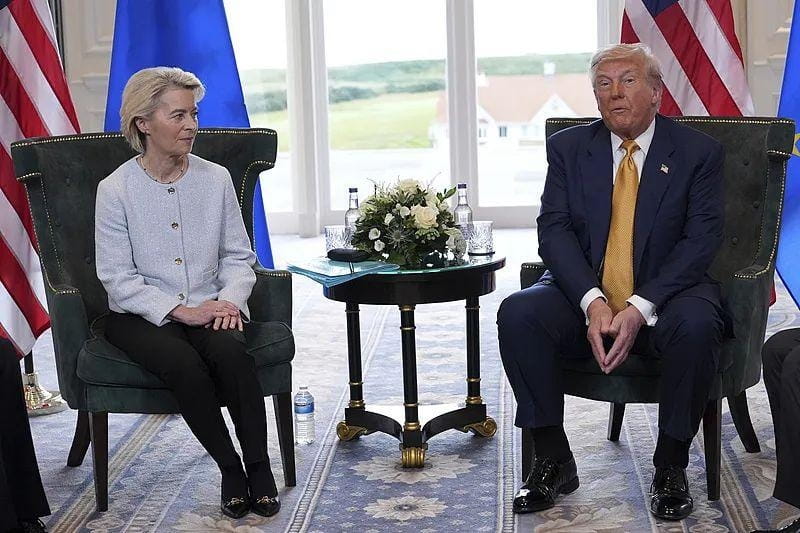
EU Commission President von der Leyen stated that both the EU and the U.S. agreed to implement a unified tariff rate of 15%, which will apply to various goods, including automobiles. Von der Leyen stated that these trade agreements with the U.S. will bring stability to the market.
Von der Leyen:
A 15% tariff rate is the best result the European Commission can achieve.
On July 27 local time, after U.S. President Trump announced that the EU and the U.S. reached a significant trade agreement, EU Commission President von der Leyen explained some of her decisions in the trade negotiations with the U.S.
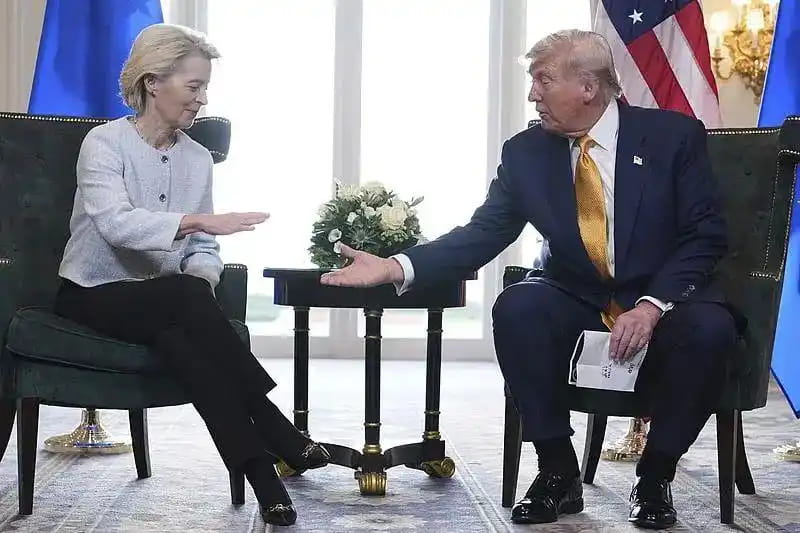
Von der Leyen stated that the EU is still overly dependent on Russian liquefied natural gas, hence importing more affordable liquefied natural gas from the U.S. is very welcome.
Regarding tariff arrangements, von der Leyen confirmed that the tariff for the automotive industry in the agreement is set at 15%. She stated that under the current circumstances, a 15% tariff level is the best outcome the European Commission can achieve.
In addition, she also confirmed that the EU and the U.S. have reached an agreement in the pharmaceutical industry to implement a unified tariff rate of 15%. Von der Leyen acknowledged that the EU and the U.S. have yet to make a decision in the spirits sector, and the details of the framework of the trade agreement signed that day will be announced in the coming weeks.
U.S. Secretary of Commerce:
The EU will open its $20 trillion market.
On July 27 local time, U.S. Secretary of Commerce Ross stated on his social media that President Trump has opened the door to one of the world's largest economies, the EU will open its $20 trillion market, and for the first time fully accept U.S. automotive and industrial standards.
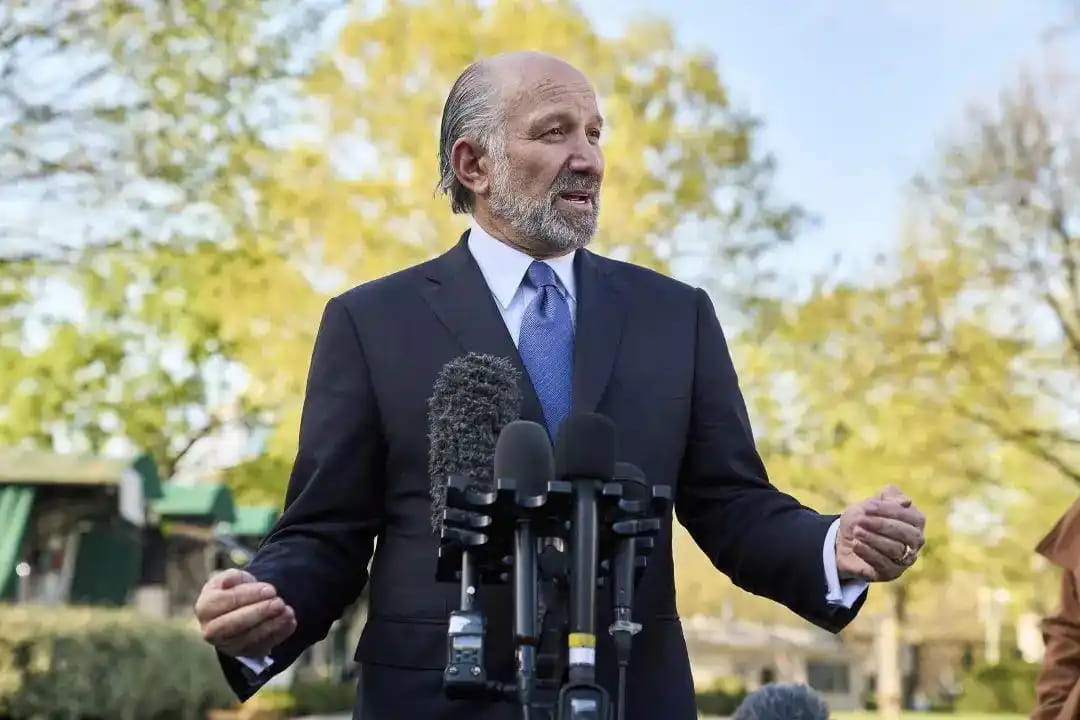
In addition, the EU will purchase $750 billion worth of energy products from the U.S. and invest $600 billion in the U.S., with all tariffs on U.S. products exported to the EU set at 15%.
EU senior official:
The EU-U.S. trade agreement is severely imbalanced and detrimental to European interests.
On the 27th local time, after the U.S. and EU announced a new trade agreement, Bernd Lange, chairman of the European Parliament's International Trade Committee, expressed strong dissatisfaction with the agreement, stating that it is neither satisfactory nor in line with Europe's fundamental interests.
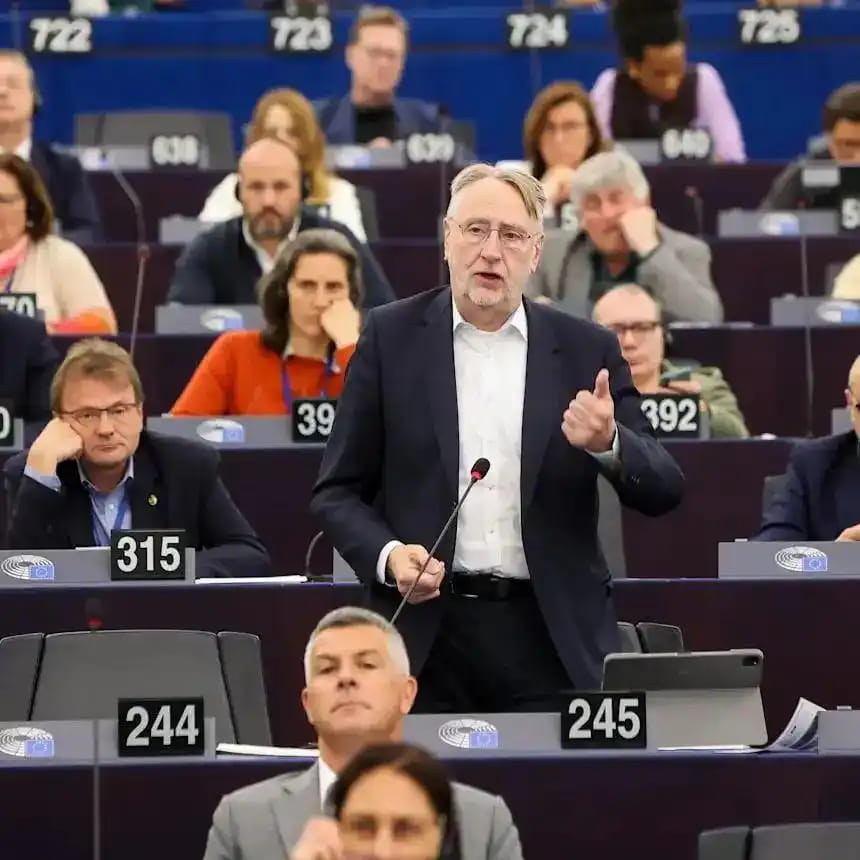
Lang pointed out that this is a biased agreement. He believes that although a unified tax rate of 15% provides some predictability in trade relations and legal security, overall, this agreement is far from balanced and may even cause long-term damage to Europe. Lang stated that the European Commission's additional $600 billion investment commitment to the U.S. and large-scale procurement of U.S. military technology are detrimental to local employment and industrial development in Europe.
Lange further criticized that this agreement not only weakens the EU's economic strength but also resembles the Trump administration's tactics of 'extorting' countries like Japan with tariffs.
Lange emphasized that this agreement is not a mutually beneficial trade cooperation but rather a one-sided concession. He also pointed out that the U.S. Treasury Secretary announced that the new tariffs have brought $27 billion in fiscal revenue to the U.S. Lange stated that the U.S.'s true intention is to generate revenue through tariffs, and the outcome of this negotiation can hardly be called a victory for EU interests, much less a commendable diplomatic achievement.
Tariffs remain high.
The Finnish Minister of Foreign Trade and Development stated that the EU-U.S. trade agreement is not worth celebrating.
Regarding the latest trade agreement reached between the EU and the U.S., Finnish Minister of Foreign Trade and Development Ville Tavio stated on July 27 local time that while this agreement has eased the situation, it has not brought any reasons for joy, as the tariff levels remain high. "In the long run, this may not be a very sustainable agreement, but we will wait and see."

Tavio expressed that he looks forward to the EU Commission providing detailed information about the contents of the agreement and the thoughts of EU member states on it. Tavio stated that due to the tariff negotiations initiated by the Trump administration, global trade policy has become quite tense, and global trade has become unstable.
German business community criticizes EU-U.S. trade framework agreement.
On July 27 local time, the EU and the U.S. reached a framework agreement on bilateral trade issues. According to the agreement, the U.S. will impose a unified tariff of 15% on most EU imported products. In response, the German business community has expressed widespread criticism.
According to the Kiel Institute for the World Economy (IfW) in Germany, a 15% general tariff and higher tariffs on steel and aluminum will lead to a 0.15% decrease in Germany's GDP within a year, equivalent to a reduction of 6.5 billion euros, while the overall GDP of the EU will decrease by 0.1%.
Julian Schintz, director of the Trade Policy Research Center at the Kiel Institute for the World Economy, sharply pointed out that the agreement to reduce tariffs to 15% is a "bad deal, not much different from the Trump administration's 30% tariff threat." He emphasized: "To do so at the expense of undermining the rules-based global trading system is a major strategic error."
Schintz further warned that even a 15% agreement will "come at the cost of undermining the authority of the WTO and is undoubtedly the wrong direction in the long run." He suggested that the EU should unite with like-minded countries such as Canada, Mexico, Brazil, and South Korea to form an alliance rather than be picked off one by one by the U.S. "Only in this way can we gain important leverage in Washington," thus effectively countering the tariff threat.
There was also no sign of consolation in the initial reactions from the German business community. "This agreement is a painful compromise," said Dirk Jandura, president of the German Wholesale, Foreign Trade and Services Association (BGA). "Every percentage point of tariff is too much. This tariff increase poses a survival threat to many of our merchants." He called it a "heavy blow to foreign trade."
Wolfgang Niedermark, a member of the executive committee of the German Industry Association (BDI), pointed out: "This agreement is an inadequate compromise that sends a dangerous signal to the closely intertwined economies on both sides of the Atlantic." The EU had to bear the cost of high tariffs to reach an agreement with the U.S. After all, even a 15% tariff rate will have a huge negative impact on Germany's export-oriented industry.
Johannes Gnanth, chief economist of the German Machinery and Equipment Manufacturing Association (VDMA), pointed out: "A 15% U.S. tariff will significantly weaken the competitiveness of German machinery and equipment manufacturing, especially for companies that compete directly with U.S. suppliers." An association survey showed that under a 10% tariff rate, 43% of companies believe their competitiveness would be affected "strongly" or "very strongly." Gnanth warned: "A 15% tariff has clearly entered a dangerous zone."
The German (Business Journal) in a commentary titled (Europe Surrenders to Trump in Tariff Dispute—A Costly Price) argues that "trade between the two major economic groups in the West will become more difficult and costly. This will harm the interests of both the U.S. and the EU in both the short and long term. Von der Leyen previously mentioned that the transatlantic relationship needs necessary rebalancing. Now this adjustment has become a reality, and the balance clearly tilts in a direction unfavorable to Europe."
U.S. officials say Trump has the authority to restore higher tariffs when other countries
fail to fulfill investment commitments.
On July 27 local time, senior U.S. government officials stated that President Trump has the authority to restore higher tariff levels when other countries fail to fulfill investment commitments.
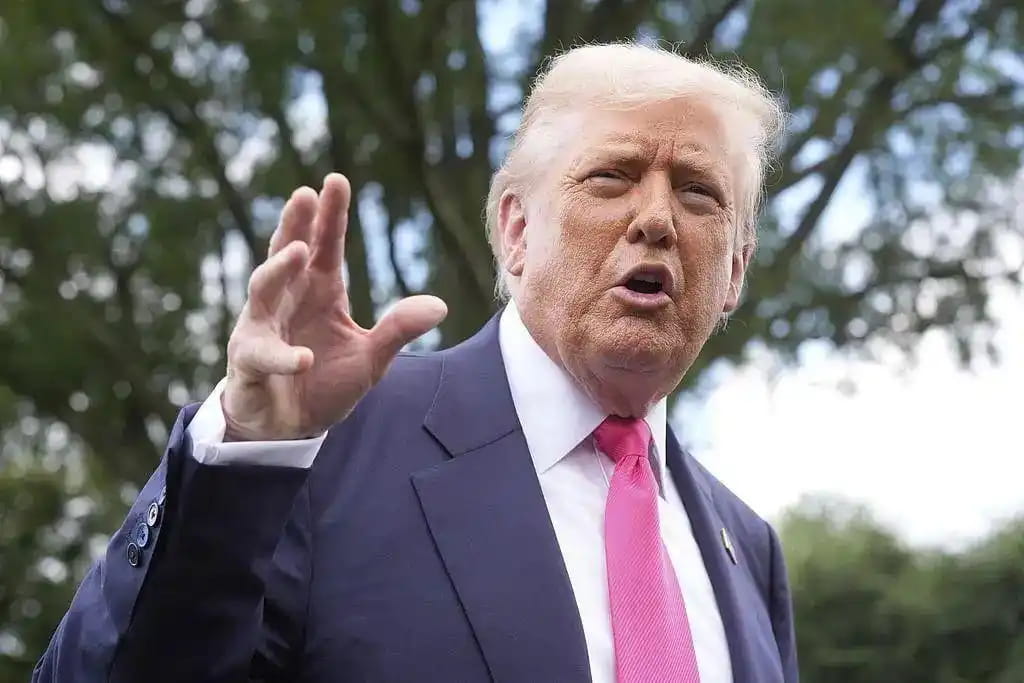
The official stated that the EU hopes to continue discussions with the U.S. regarding tariffs on steel and aluminum. The agreement reached between the U.S. and the EU stipulates that applicable tariffs will take the higher of the 'most-favored-nation rate' or 15%.
The official revealed that the U.S. investigation into tariffs on aircraft is still ongoing, and currently no tariffs are being imposed, with the expectation that none will be imposed in the end, pending the investigation results.